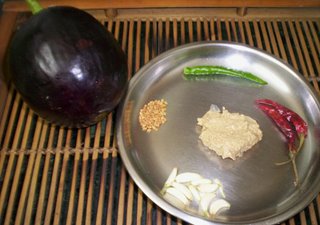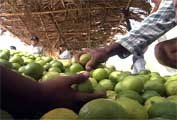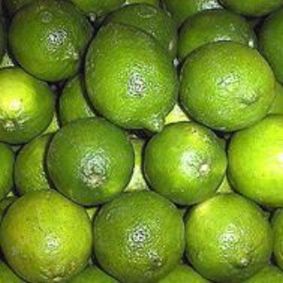Book Cover and Smoked Eggplant
Hi everyone!It's good to be back again. Was I really gone? Um, not really; I just served an ultimatum to Cesar that I would be on a posting hiatus until he posted something here. It worked, eh? Just joking Cesar; don't glare at me. :P
To tell you the truth; this self-imposed staying-away wasn't easy. Fellow food bloggers, I have missed you all and your soul-tempting recipes. Now that I am back, be sure to find me find my trail in your blogs.
Yes, I did get a recipe for you all, but first something non-foodie. Please take a look at the cover for my debut book, Making Out in America, slated for release later this year.

My brother did the cover art for the book, so if you have any appreciation or criticism, do let me know. I will pass it on to him.
And now for the foodie stuff. Eggplant/brinjal lovers, get your pen and notepad ready. Here's an interesting version of Baingan Bharta or smoked and mashed eggplant. There is a Bengali touch in this version, and that comes by the way of poppy seed or posto paste. The end result is very similar to the usual bharta, yet, I found this simpler to cook. Let's get cooking then, shall we?
Begun Posto (Smoked Eggplant in Poppy Seeds Paste)
 Ingredients:
Ingredients:Eggplant: 1 (round)
Dry red chilies: 2
Poppy seeds (ground into a paste): 2 tablespoons
Fenugreek seeds: 1/4 teaspoon
Garlic (minced): 1 tablespoon
Green chilie (slit lengthwise): 1
Turmeric: A pinch
Water: 1/4 cup
Salt to taste
Oil for cooking
Method:
1. Wash the eggplant. Smoke and roast it.
2. Remove eggplant from fire. Cool, mash and set aside.
3. Heat oil in a wok. Add the red chilies and fry for a minute or so.
4. Add the fenugreek seeds, garlic, and green chilie and stir until the garlic turns brown. Take care not to burn the garlic.
5. Add turmeric and water. Bring to a boil.
6. Lower the heat and add the mashed eggplant.
7. Add the poppy seeds paste and salt. Mix well and stir.
8. Cover and cook eggplant for about 20 minutes. Stir occasionally to prevent eggplant from sticking.
9. Remove from heat.
10. Serve hot.

Like the conventional bharta, this variation is best accompanied by hot paranthas or chapatis. And it's a recipe not likely to leave anyone disappointed. So do try it, and let me know how you liked it!
Sury






